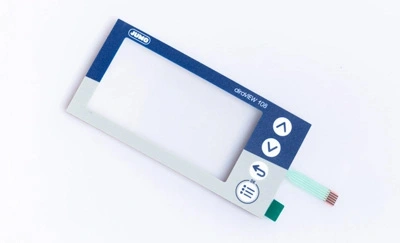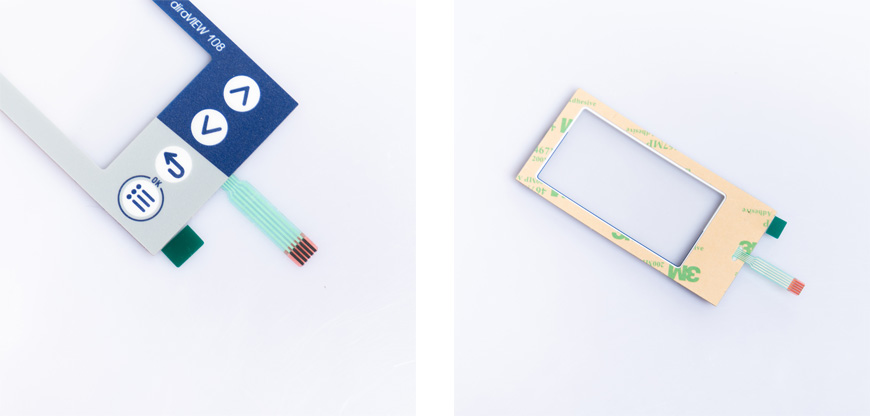
In today's fast-paced technological landscape, rubber membrane switches have become an integral part of countless electronic devices. These switches provide an efficient and durable interface for user interactions. This article aims to delve into the fascinating world of rubber membrane switches, exploring their structure, applications, advantages, and more.

Before we dive deeper, let's start with the basics.
Rubber membrane switches are user interface components commonly found in electronic devices. They consist of several layers, including a rubber or silicone membrane with integrated conductive traces. These traces make contact with a circuit when pressure is applied, registering a keypress.
To comprehend the functionality of rubber membrane switches better, let's break down their anatomy.
A typical rubber membrane switch comprises the following layers:
1. Graphic Overlay: The topmost layer that displays symbols or labels.
2. Spacer: A layer that separates the graphic overlay from the next layer.
3. Top Circuit Layer: A conductive layer with printed traces.
4. Spacer Adhesive: Adhesive that holds the layers together.
5. Bottom Circuit Layer: Another conductive layer with printed traces.
6. Rear Adhesive Layer: The adhesive layer that attaches the switch to the device.
7. Dome Retainer: A component that helps create tactile feedback.
8. Snap Dome: A domed, conductive switch that collapses when pressed.
9. Connector Tail: An electrical connector that interfaces with the device's circuitry.
Rubber membrane switches find applications in a wide array of industries due to their versatility and durability.
Industrial Control Panels
In industrial settings, these switches are frequently used in control panels. They withstand harsh conditions and provide reliable operation.
Medical Devices
Rubber membrane switches are often integrated into medical devices for their resistance to liquids and easy cleaning.
Consumer Electronics
From TV remotes to microwave ovens, rubber membrane switches are a common feature in everyday consumer electronics.
Now that we've covered their applications let's explore the advantages of these switches.
Durability
Rubber membrane switches are known for their durability, capable of withstanding millions of presses without failure.
Customization
They offer excellent customization options, allowing manufacturers to design switches that meet specific user needs.
Tactile Feedback
The snap dome in rubber membrane switches provides tactile feedback, enhancing the user experience.
When designing a product with rubber membrane switches, certain considerations should be taken into account.
Environmental Factors
Consider the environment in which the device will operate. Rubber membrane switches can be sealed to make them waterproof and resistant to dust.
Actuation Force
The actuation force required for keypresses should match user preferences and device requirements.
Graphic Overlay
The graphic overlay design should be user-friendly and visually appealing.
In conclusion, rubber membrane switches are a vital component in numerous electronic devices. Their versatility, durability, and customizability make them a top choice for manufacturers across various industries. Understanding their structure and applications can help in designing better user interfaces.
Are rubber membrane switches suitable for outdoor applications?
Yes, rubber membrane switches can be sealed to make them waterproof and resistant to environmental factors, making them suitable for outdoor use.
Can I replace a rubber membrane switch in my device?
In most cases, yes. However, it's recommended to consult the device's manufacturer or a professional technician for proper replacement procedures.
Are rubber membrane switches expensive to manufacture?
Rubber membrane switches offer cost-effective manufacturing solutions due to their simple construction and durability.
How can I clean a device with rubber membrane switches?
You can clean devices with rubber membrane switches using a mild detergent and a soft cloth. Avoid using abrasive materials.
Can rubber membrane switches be used in medical equipment?
Yes, rubber membrane switches are commonly used in medical equipment due to their resistance to liquids and ease of cleaning.